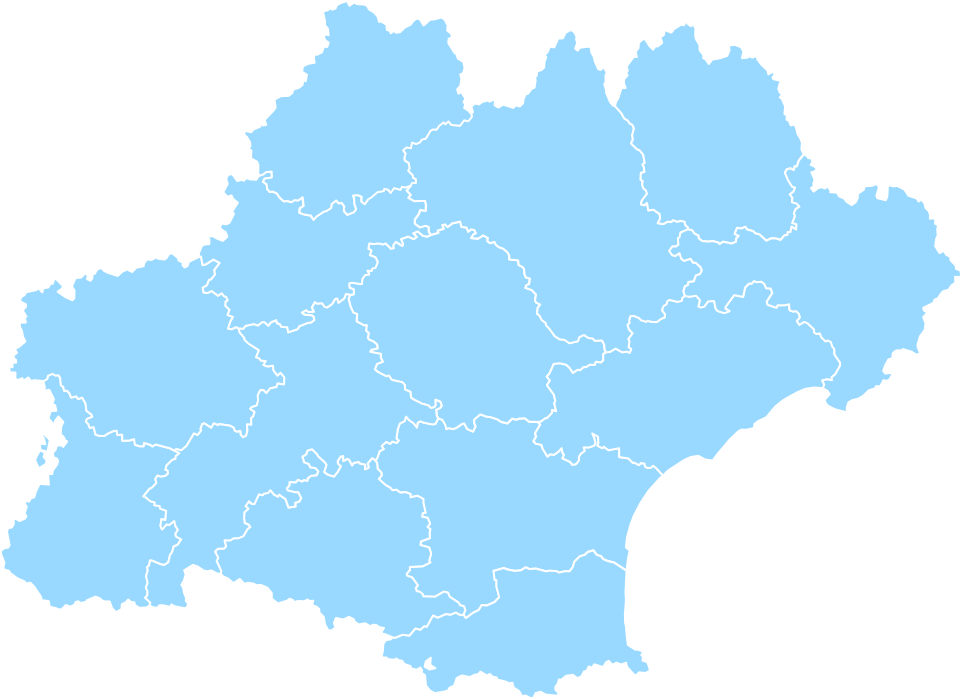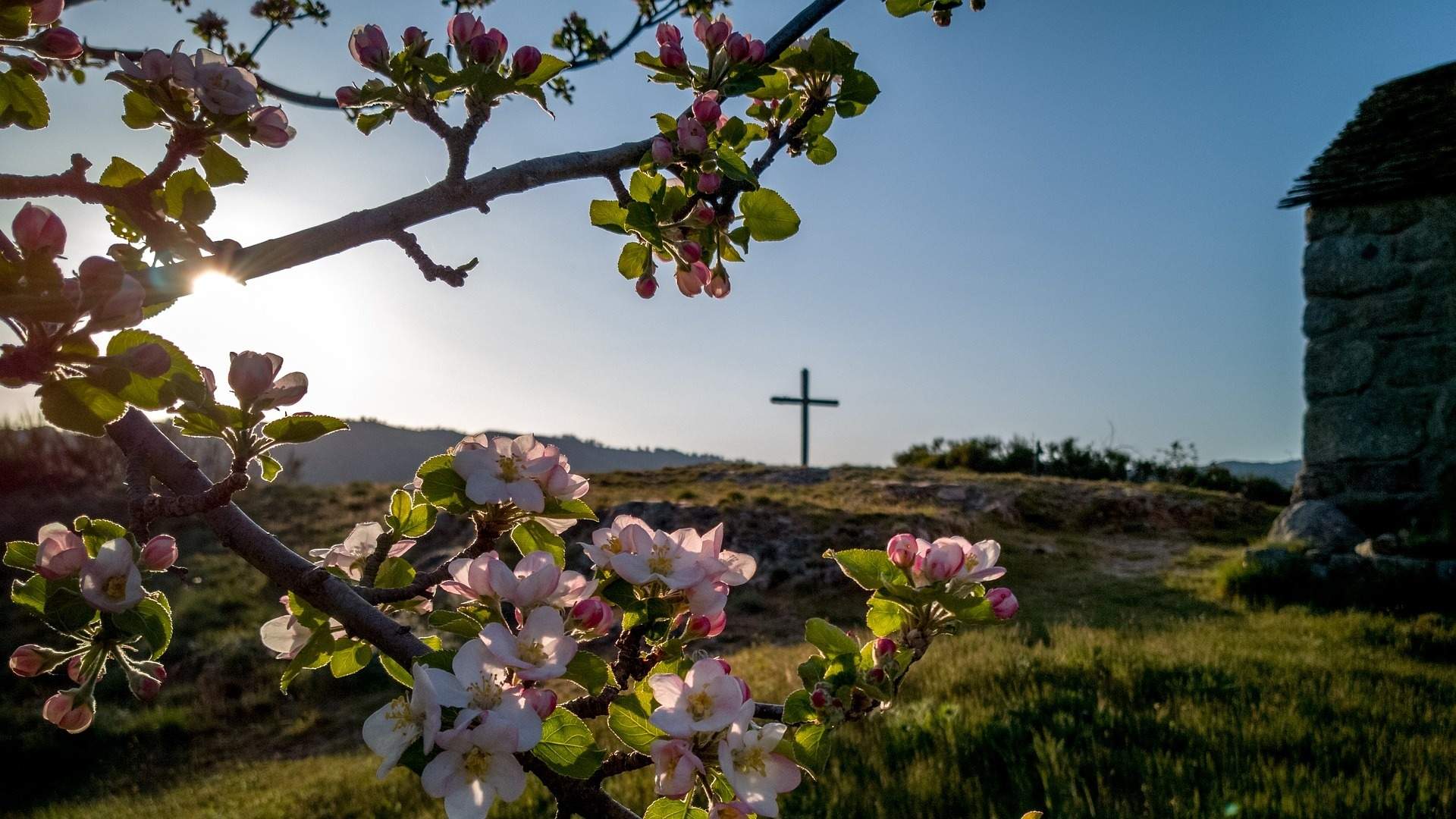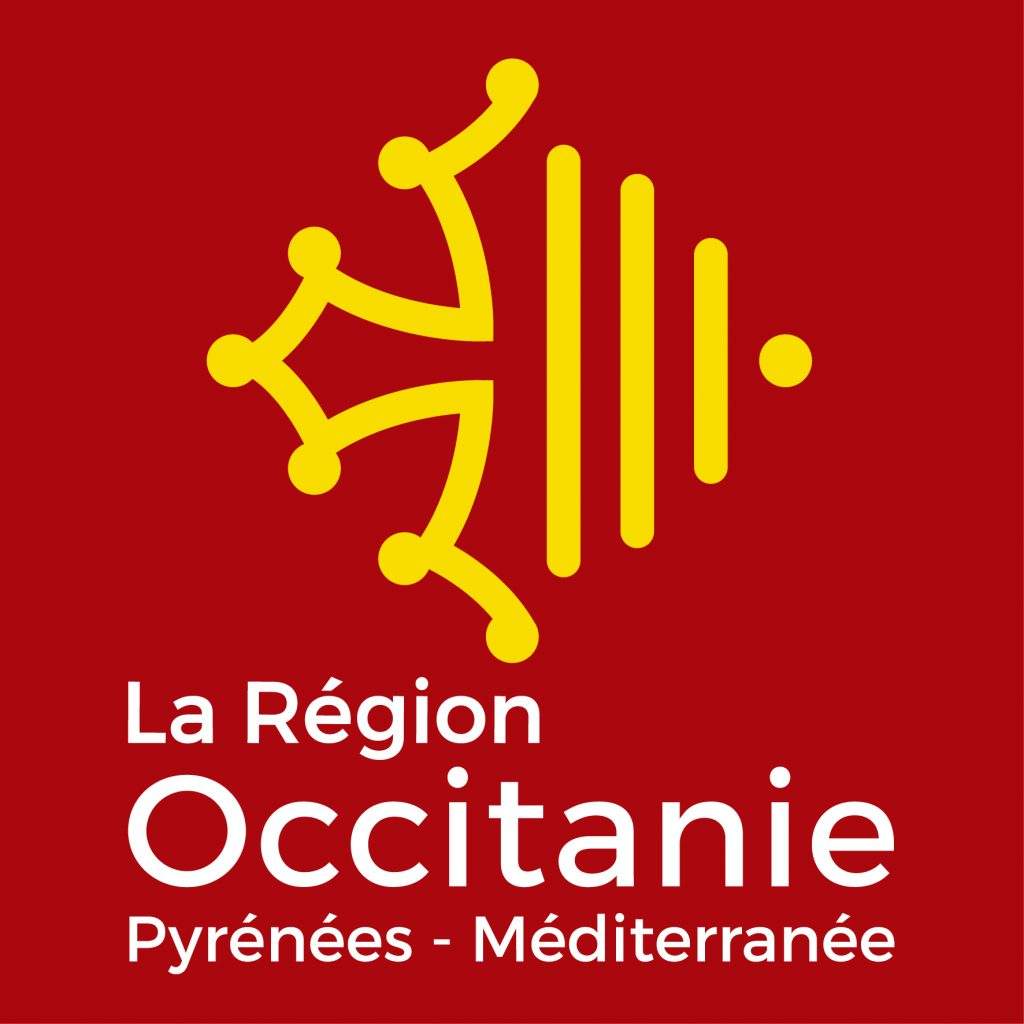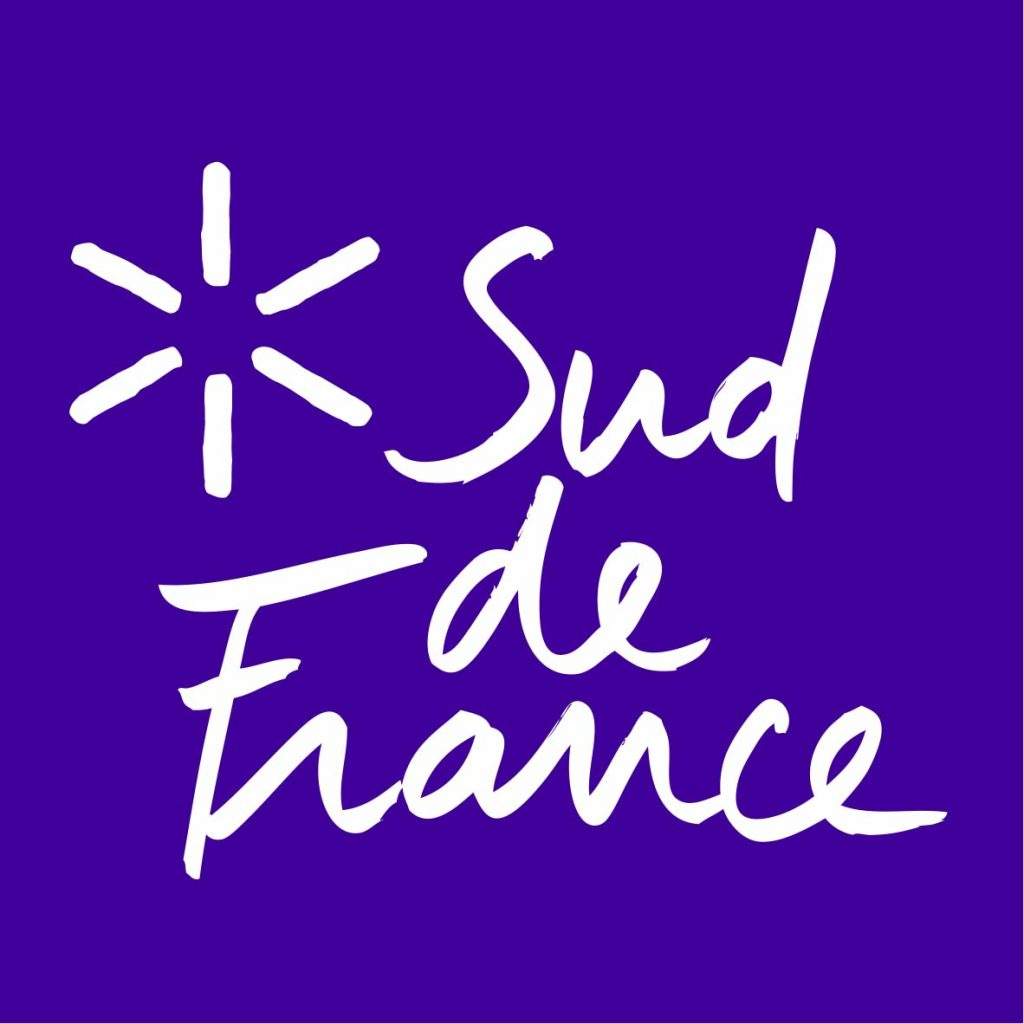Occitanie Region

A major food- and wine-growing region that is supporting its organic farmers
With the largest wine-growing area of any region in France, Occitanie is also first in organic farming. The region is focusing on quality and recognition of its products internationally.
Between the land and the sea, Occitanie, France’s second-largest region, produces a diverse range of agricultural and food items. The sector employs 165,000 people and is the region’s largest employer, ahead of tourism and the aeronautics industry.
All together, Languedoc and Roussillon wines, as well as some Vallée du Rhône and 2/3 of the south-west’s winegrowing basin, mean Occitanie has the largest winegrowing area in France. The Region produces 13 million hectoliters (343 hundred million gallons) a year, on average, which represents one third of France’s total production. The Region’s wine is widely exported, with 71% of revenue coming from abroad. In 2019, the principal destination countries were Germany (16%), the USA (13%), the Netherlands (11%), the United Kingdom (10%); Belgium (10%) and China (8%).
Occitanie, France’s second-largest fruit-growing region, is best-known for stone fruit, including plums, and apples. It has production sites for the nation’s leading fruit-processing companies: Florette, Andros, St Mamet, and more.
Occitanie is also known for livestock farming, accounting for 30% of France’s ovine (sheep) production. It is the country’s second-largest region for foie gras, and its dairy sector is known both for its diversity and for its most emblematic cheese, Roquefort.
The Region’s Mediterranean coastal areas provide France’s second-largest olive-oil crop and make Occitanie a key fishing region, with 5 ports and 4 fish auctions.
Firmly committed to the quality of its products, the Region counts 251 official quality and origin labels (AOP, IGP, label rouge, and more). Alongside that, in 2006, it created the “Sud de France” label, which currently includes over 11,000 products, including 2,100 organic ones, with 27 different sets of rules. All of the products are analyzed by an independent body. The goal is to improve name recognition in foreign markets, especially in Europe, China and the USA.
Occitanie possesses over one fourth of France’s organic farmland. To confirm its commitment in favor of the organic sector, the Region adopted “Plan Bi’O 2018-2020,” in order to assist farmers and organic-food producers and to help the sector become more structured.
Finally, in order to promote this wealth of food and wine production internationally, the Occitanie Region Economic Development Agency, with headquarters in Toulouse and Montpellier, also has teams in Shanghai, London and New York whose mission is to connect regional businesses with potential buyers.
Key figures of Occitanie region
Occitanie is the first wine-growing region in France with 263,000 hectares (650,000 acres) by surface area and 1.3 billion euros in revenue in 2017 by exports.
Average annual production of wine is 13 million hectoliters (343 hundred million gallons), 1/3 of the French production.
Occitanie is the first wine-growing region in the world for quality-label wines with 59 PDO and 34 PGI.
Occitanie is the first region for organic farming in France.
Occitanie is the fourth region in Europe by surface with 507,000 hectares certified organic or in conversion by late 2018.
Occitanie is the first region for sheep production, 30% of national production.
Occitanie is the second region for fruit production, 19% of French orchards.
90% of Mediterranean fishing is done by fishermen from Occitanie.



